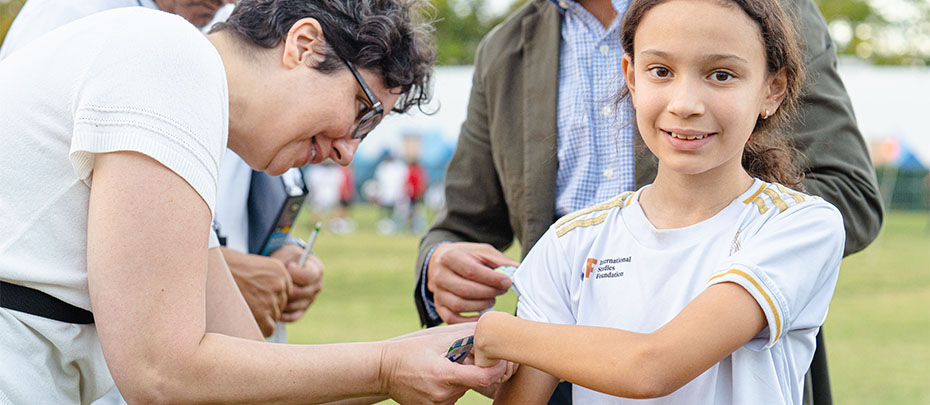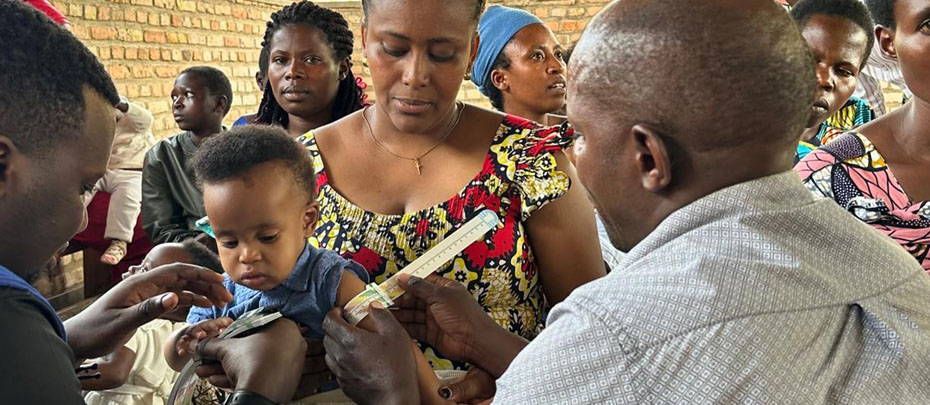Malnutrition affects 1 in 3 people around the world. It’s a complex issue considering many communities are simultaneously fighting the burdens of hunger, stunting, wasting and obesity. In addition, more than half the world's population lacks access to essential health services.
Imagine if community leaders, teachers, parents, sports coaches and caregivers in under-resourced communities were better equipped to identify children at risk for malnutrition? This would provide a means to meet families where they live and play and begin conversations around the risk of malnutrition — with the hope of establishing additional pathways to care.
Abbott’s Commitment to Helping Families Understand Malnutrition
Through Abbott's partnership with The Real Madrid Foundation (RMF) and its Social Sports Schools (S3) program, the work is already underway. Findings published in Frontiers in Nutrition demonstrate the feasibility of implementing a nutritional training and screening program in communities where food and healthcare resources may be limited, helping to bring care to families and children who need it most.
In this pilot study, a total of 143 RMF facilitators were trained among nine countries: Brazil, Colombia, India, Kenya, Mexico, Philippines, Tanzania, United Kingdom and United States. Of the children screened for malnutrition (N=318), a total of 16% were identified to have malnutrition risk and were referred to a healthcare provider by RMF facilitators for further evaluation and potential treatment if indicated. The highest incidences of malnutrition risk were among children attending S3 in India (50%), Tanzania (16%) and Colombia (12%).
Abbott’s work highlights that non-healthcare facilitators in nine countries connected with S3, including coaches, staff, and program volunteers, could be successfully trained to use a Mid-Upper Arm Circumference (MUAC) z-score tape as a tool to identify the risk of malnutrition in children. According to the study, once children with malnutrition risk were identified, facilitators shared the importance of nutrition with caregivers and encouraged follow-up with a healthcare professional for further evaluation and support if appropriate. The hope is that this action informs caregivers of the child's status and alerts community leaders to the importance of taking action to improve access to food and healthcare resources.




Social Share